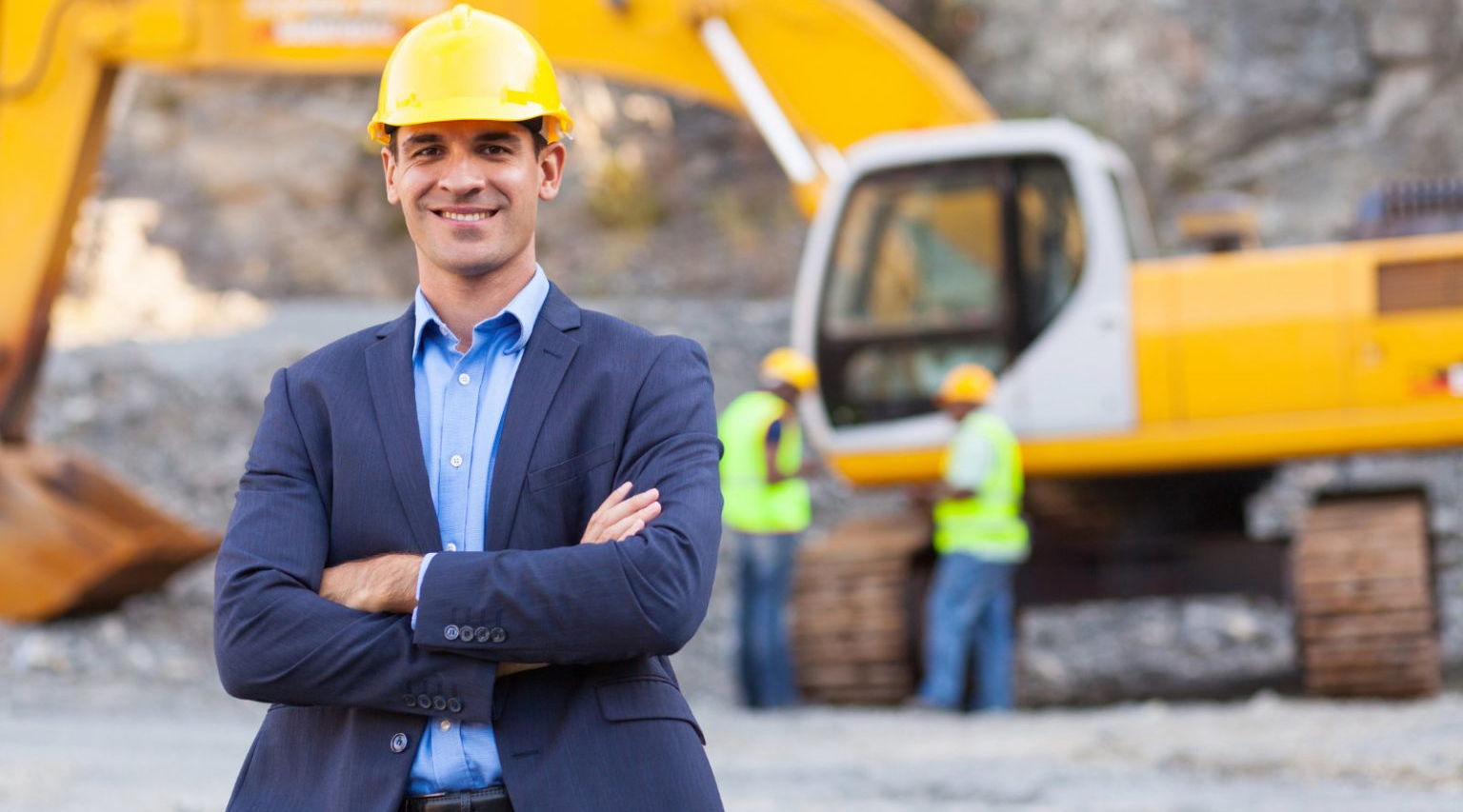While the pandemic has been an undeniably disruptive event, the mining industry has acted collaboratively, decisively and fared relatively well in its response. The many mine sites that remained largely operational throughout 2020 – in spite of exceptionally challenging conditions – are testament to this.
Navigating the challenges of COVID-19
Two issues proved particularly significant for the mining industry during the pandemic.
- Mining companies had to find ways to maintain the health and wellbeing of the workforce and local communities, despite the presence of considerable and unpredictable health threats.
- Global supply chain disruption also caused wide-ranging operational issues for mining.
“As an industry that is reliant on the movement of people, machinery and expertise, the mining industry’s inability to mobilise these resources during the pandemic has been extremely challenging for many clients,” explains Raj Rajesh, Gerard Daniels Managing Partner, EMEA.
As the pandemic progressed workforce and supply chain issues halted production at some steady state operations and significantly slowed the progress of many projects. Some projects are now experiencing delays in excess of 6 to 12 months.
A people first approach
In responding to the pandemic many mining industry leaders have been quick to implement new HR and HSE processes and procedures. These measures are designed to keep the mining workforce and its communities safe, and to ensure compliance with new (and often-changing) regulations.
- Across the global mining industry new and rigorous risk-based COVID-19 testing protocols have been put in place.
- In many locations temperature and wellness checks are required to enter mine sites and to board the charter flights to get there.
- Personal hygiene and social distancing measures have been ramped up, alongside site-wide cleaning protocols.
- The labour-intensive nature of mining can prevent remote working, but to reduce onsite workforces and slow the spread of infection many mining companies now enable this style of working when possible.
- Many more workforces now also have access to employee support programs, including mental health support services.
“The ability and willingness of the mining industry to look after its people, and to embrace workplace changes like these has been integral to this industry’s pandemic response,” says Raj. “It’s been refreshing to see more empathetic leadership styles emerging too, and for health, safety and wellbeing to be prioritised.”
Building resilience through technology
Technology is another tool that the mining industry has used effectively during the pandemic. Technology has enabled digital collaboration and allowed strategic conversations to continue while face to face interactions have been restricted. It has also created unique opportunities for the mining industry to innovate, to enhance safety and improve operational efficiencies.
Mining companies have always seen technology as an enabler, but the pandemic has been a catalyst for new attitudes towards the adoption of and investment in technology – there’s a new appreciation for just what technology can do. According to Raj, the pandemic has also created cultural change in how many mining companies operate, with technology taking centre stage.
“Prior to the pandemic many of our clients just weren’t used to doing things digitally. Project teams and leadership teams always met face to face and twice a year the board of directors would come together in person” says Raj. “Mining companies are now embracing digital ways of working. They are asking how quickly they can innovate and how quickly they can deploy new technology, which is a big shift in thinking.”
To deliver on the many opportunities that technology presents the mining industry needs strong leadership, backed by the right people and skills to drive technology and innovation forward – challenges this industry is now well placed to embrace.
Looking back, 2020 was an extraordinary year. Despite the many challenges and the considerable recovery effort that lies ahead for mining, could this industry emerge stronger and more resilient than when this all began? We’ll just have to wait and see…







